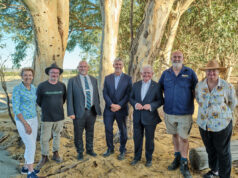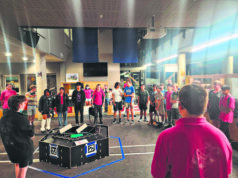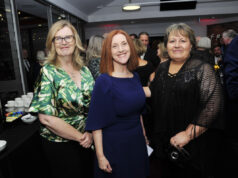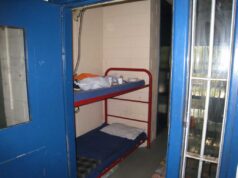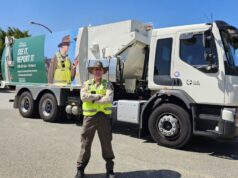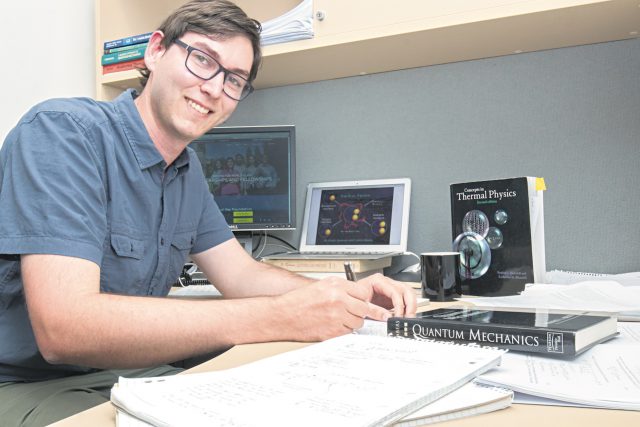
A Curtin University student has received a prestigious scholarship, which will support his continued research into developing a new energy source.
Liam Scarlett, 27, received the Forrest Scholarship on January 25.
Mr Scarlett is a PhD student at Curtin and said the support would allow him to continue supporting research into how energy is released when particles collide.
The Curtin group’s findings could be key to developing a new, clean electricity source known as fusion power.
Fusion power is obtained by harnessing the energy produced when two particles collide, and Mr Scarlett said there is a big push to develop it.
“Fusion is one of the biggest projects in the world right now,” he said.
“You take hydrogen atoms and fuse them together, and you get an enormous amount of energy out of that reaction.
“There’s a whole string of benefits to developing that sort of technology.”
When two particles fuse together, they release a considerable amount of energy.
This happens regularly within our sun.
However, recreating and controlling the high temperatures resulting from fusion reactions on earth has proved difficult.
Teams across the world have been working on it since the mid-20th century, but so far no efficient reactor design has been created.
Among the benefits of fusion energy are no carbon emissions are created as a result of its use, but one of the obstacles standing in the way of scientific progress is the need to be able to predict what the particles will do after colliding.
That, Mr Scarlett said, was what he and other Curtin University researchers were trying to understand.
While the technology is still a work in process, Mr Scarlett said he was hopeful the worldwide effort to develop the new source of energy would see results sooner than later.
“There’s a joke in the field that the achievement of fusion technology is always 20 years away,” he said.
“It’s a difficult task, but definitely within my lifetime I expect to see it happen.”


